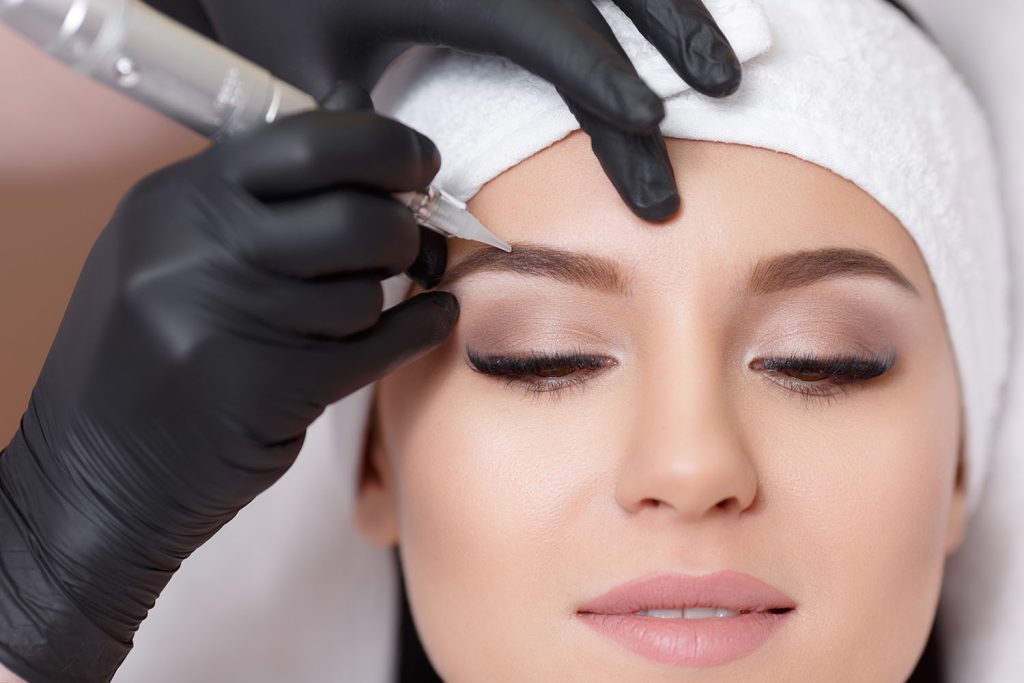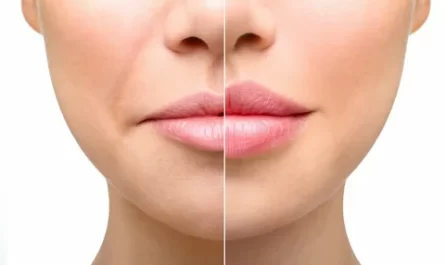Introduction
In the world of beauty and aesthetics, enhancing one’s features has become increasingly popular. Two common techniques for achieving well-defined eyebrows are microblading and micropigmentation. These procedures may seem similar, but they have distinct differences that can greatly affect the results and the longevity of the enhancement. In this blog, we will get to know and understand the differences between microblading and micro pigmentation, helping you make an informed decision about which technique is right for you.
Microblading: The Art of Precision
Microblading is a semi-permanent makeup technique primarily used to enhance eyebrows. It involves the manual application of pigment into the upper layer of the skin using a fine, hand-held tool with small, disposable blades. The technician creates small, hair-like strokes that mimic the appearance of natural eyebrow hairs, resulting in a fuller and more defined brow.
Pros of Microblading:
- Natural Look: Microblading allows for incredibly natural-looking results because the technician can customize the shape, color, and density of the strokes to match your existing eyebrow hairs.
- Semi-Permanent: The pigments used in microblading fade over time, typically lasting between 1 to 3 years. This means you have the flexibility to adjust your brow shape and color as trends change or your preferences evolve.
- Minimal Downtime: After the procedure, there is minimal recovery time, and you can resume your daily activities almost immediately.
Cons of Microblading:
- Not Suitable for All Skin Types: Microblading may not be ideal for people with oily or sensitive skin as the pigment can fade more quickly or not take well.
- Touch-Up Needed: Microblading requires regular touch-ups to maintain the desired look, which can be an added cost over time.

Micropigmentation: The Art of Implanting Color
Micropigmentation, often referred to as cosmetic tattooing or permanent makeup, is a more invasive technique than microblading. It involves depositing pigment into the dermal layer of the skin using a machine equipped with a fine needle. This technique is not limited to eyebrows and can be used for various cosmetic enhancements, including eyeliner, lip liner, and even areola reconstruction after breast surgery.
Pros of Micropigmentation:
- Long-Lasting: Micropigmentation is considered permanent, as the pigment is implanted into a deeper layer of the skin. It can last for many years without fading significantly.
- Versatile: Micropigmentation can be used for various cosmetic enhancements, making it a versatile option for those looking to enhance multiple facial features.
- Suitable for All Skin Types: Unlike microblading, micropigmentation is generally appropriate for all skin types, including oily or sensitive skin.
Cons of Micropigmentation:
- Less Natural Look: Micropigmentation does not replicate individual eyebrow hairs as precisely as microblading does. The result can look more solid and less like natural hairs.
- Permanent: The permanency of micropigmentation can be a drawback if you decide you no longer want the enhancement or if your preferences change.
Differences in Procedure
- Depth of Pigment Placement: The most significant difference between microblading and micropigmentation is the depth at which the pigment is implanted. Microblading places pigment in the upper layer of the skin (the epidermis), while micropigmentation deposits pigment into the dermal layer. This depth variation accounts for the difference in how long the enhancements last.
- Tools Used: Microblading utilizes a handheld tool with small blades to create fine, precise strokes, while micropigmentation uses a machine with a needle for more widespread color deposit.
- Naturalness of Result: Microblading often produces more natural-looking results due to its ability to mimic individual eyebrow hairs. On the other hand, micropigmentation may result in a denser, less natural appearance.
Maintenance and Aftercare
Microblading typically requires touch-ups every 1 to 3 years to maintain the desired look, while micropigmentation may only need occasional touch-ups or none at all, depending on individual preferences and skin type.
Aftercare for both procedures is essential to ensure proper healing and longevity of the enhancements. This often includes avoiding water, makeup, and direct sunlight immediately after the procedure and using recommended aftercare products.
Choosing the Right Option for You
The choice between microblading and micropigmentation depends on various factors, including your preferences, skin type, and desired results.
Choose Microblading If:
- You want a more natural, hair-like appearance for your eyebrows.
- You prefer a semi-permanent option that allows for adjustments over time.
- You are willing to commit to regular touch-up appointments.
- You have dry or non-sensitive skin, which is more suitable for microblading.
Choose Micropigmentation If:
- You want a long-lasting enhancement that requires fewer touch-ups.
- You are looking for a versatile technique that can be used for various cosmetic enhancements.
- You have oily or sensitive skin, which may not be ideal for microblading.
- You are comfortable with the permanency of the procedure.
Conclusion
Both microblading and micropigmentation offer unique benefits and drawbacks, making them suitable for different individuals and preferences. Understanding the differences between these two techniques is crucial when deciding which one is right for you. Whether you opt for the precision and natural look of microblading or the longevity and versatility of micropigmentation, the key to a successful outcome is choosing a skilled and experienced technician who can tailor the procedure to your specific needs and desires.

